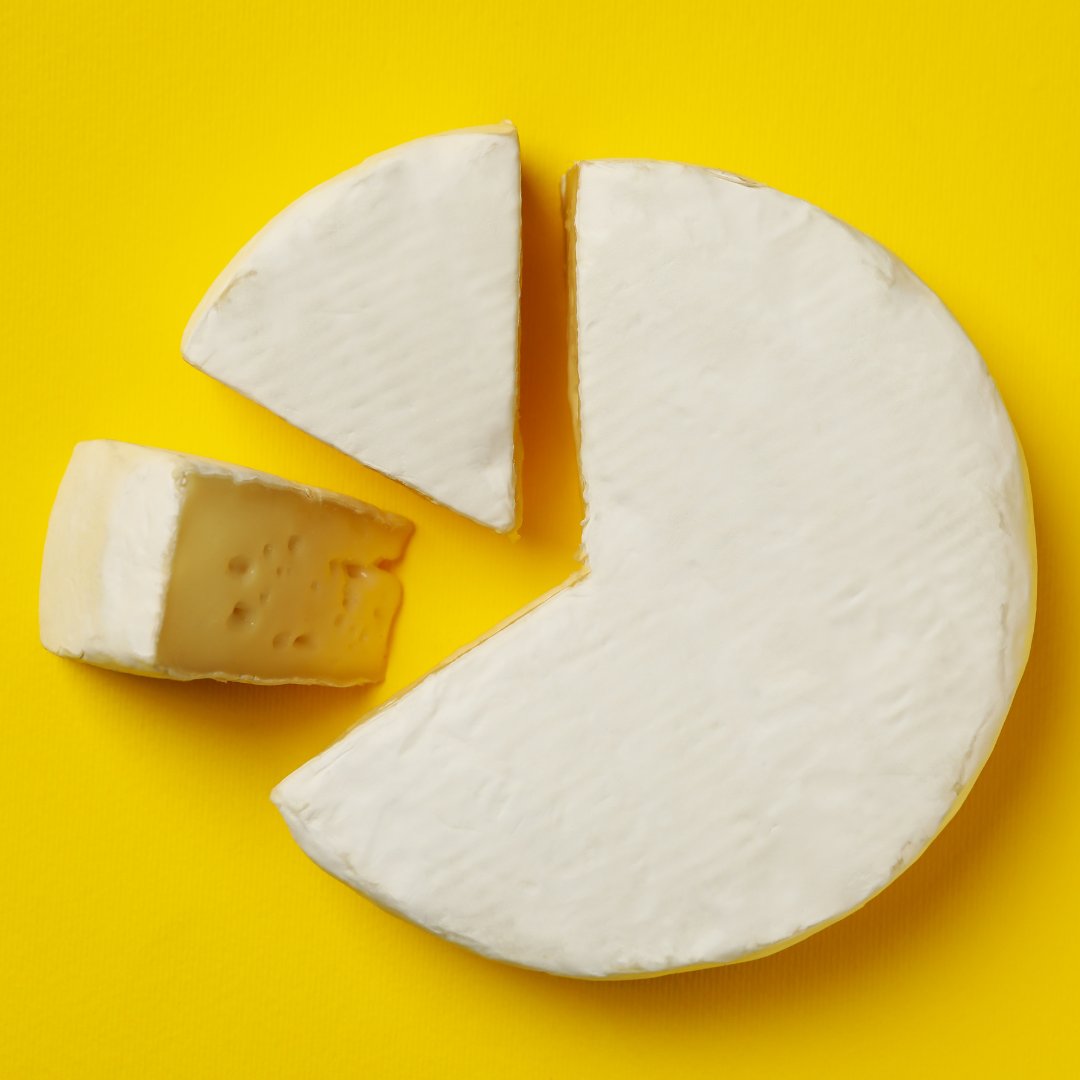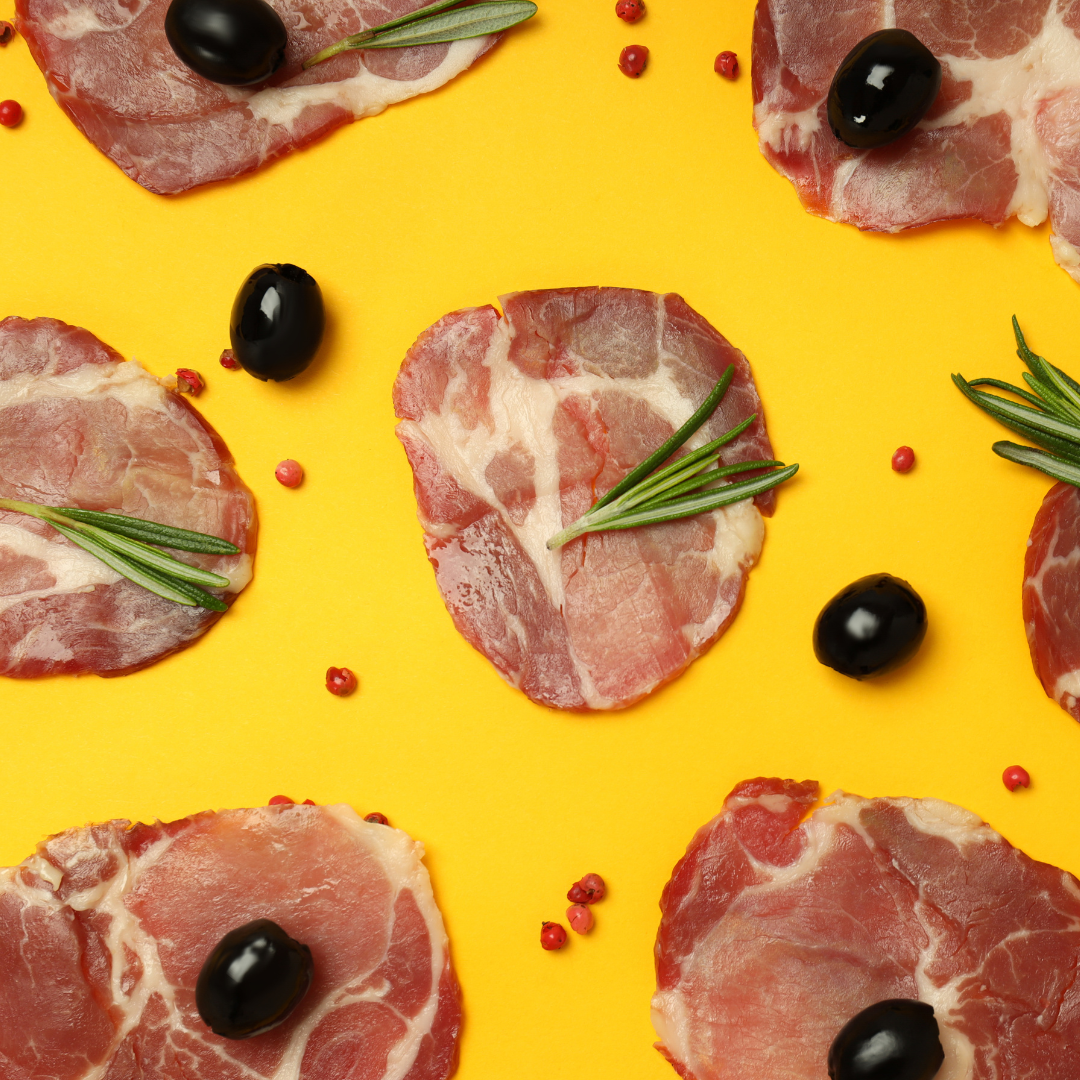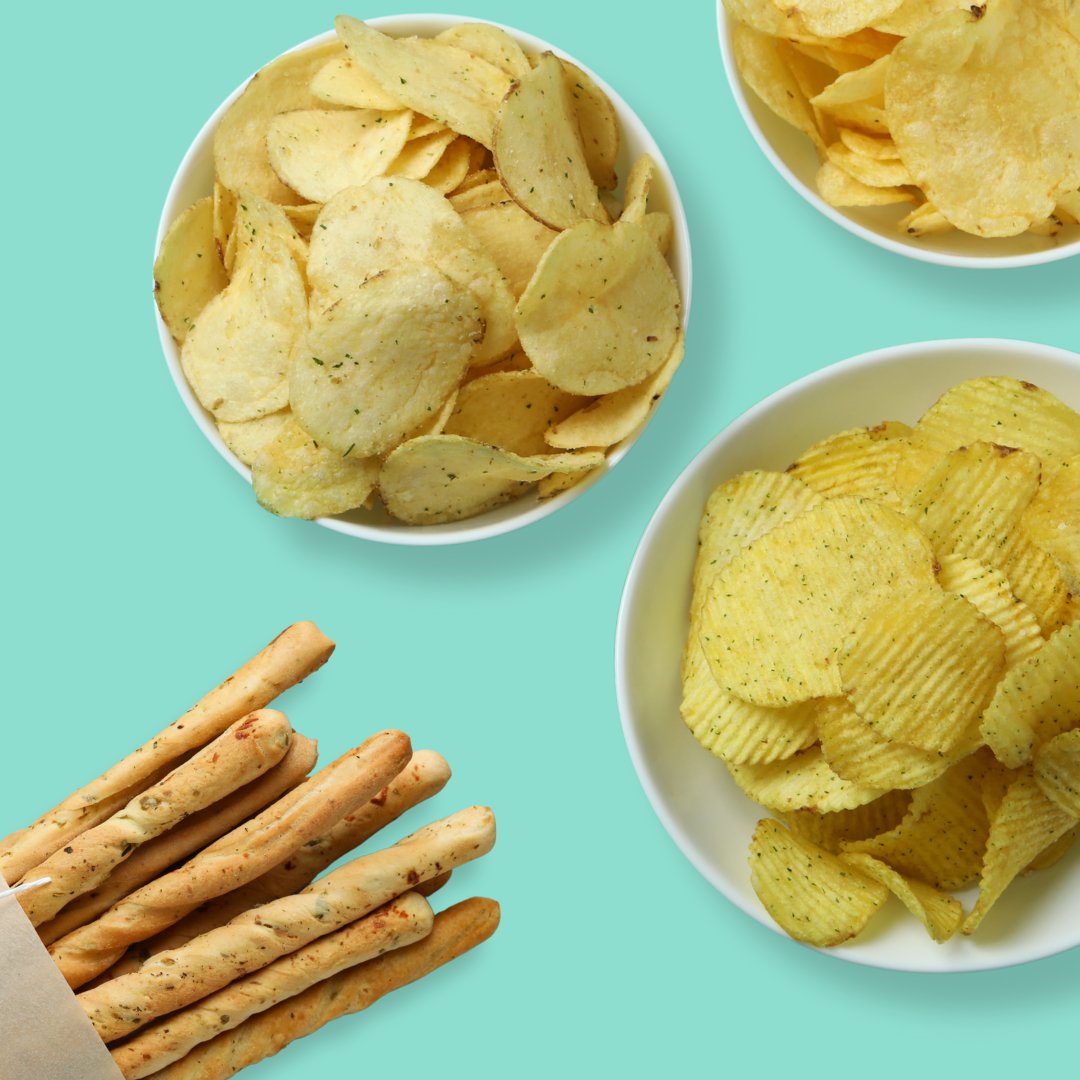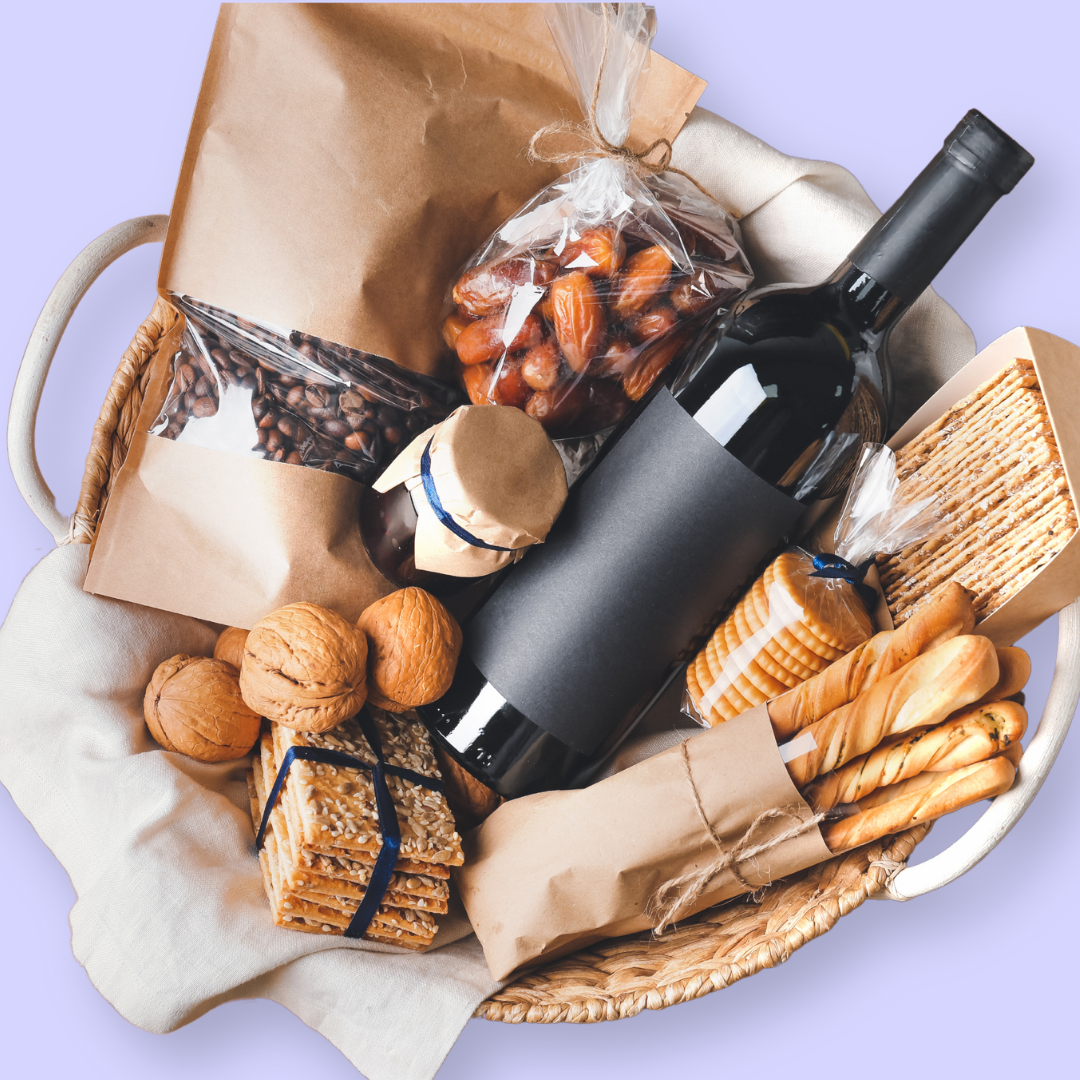
This store requires javascript to be enabled for some features to work correctly.
-
You're viewing DECANT SF. Switch to NAPA VALLEY.
-
Save 10% automatically when you add 12+ bottles to your cart!
-
BLIND TASTING WORKSHOP! - OCTOBER 23RD
Mallorca and the Canary Islands
Discover the vibrant flavors of wines from Mallorca and the Canary Islands, from the sun-kissed vineyards of Mallorca in the Balearic Islands to the volcanic soils of the Canary Islands, experience the unique terroir and exceptional craftsmanship of these Spanish island wines.
Sorry, there are no products matching your search
You Might Also Like
Land Acknowledgement
We acknowledge that we are on the unceded ancestral homelands of the Ramaytush Ohlone (the original inhabitants of the San Francisco Peninsula) and the Wappo & Miwok (the original inhabitants of Napa County).
